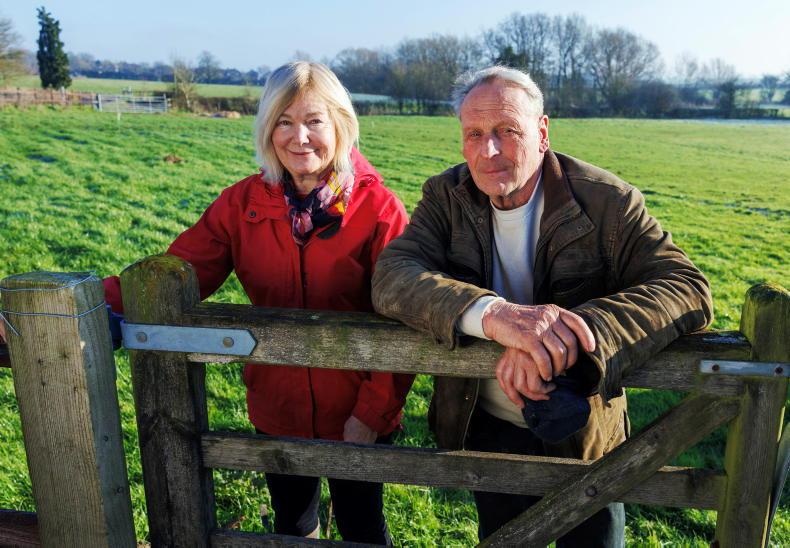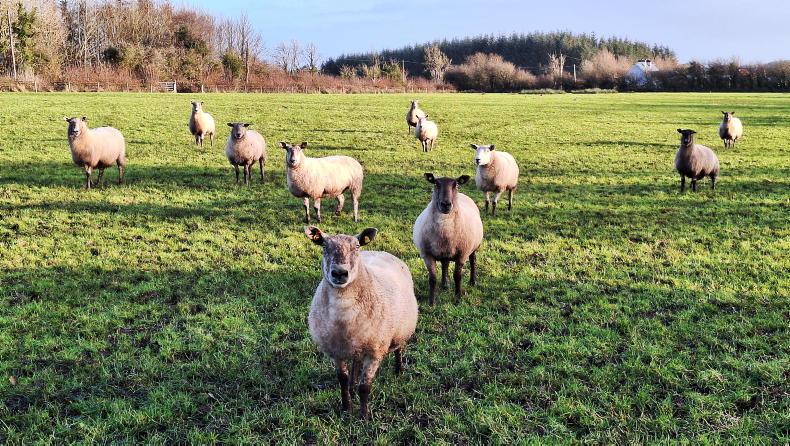It’s wall to wall sunshine in Clara this week, which is great for the first few days obviously, but the novelty will wear off very quickly on dry ground.
Growth rates are already dropping like a stone, and the probability of feeding out silage is rising by the day.
We wrapped up the silage harvest in perfect conditions last week, so there is plenty of feed in the yard, it’s just the thoughts of going back to feeding it out again so quickly after the late spring that’s difficult to digest.
We have increased meal feeding to 4kg for the moment and we’ve left a few paddocks in the wedge that were borderline too strong for grazing to carry a buffer of feed into June and avoid opening the pit too soon.
Growth rates have already dropped below 50kg per day, which is almost unheard of in May. And with no rain in the forecast, a large feed deficit looks inevitable already by the middle of June.
Ominous
Maybe rain will come in time to avoid another 2018, but it looks a little ominous at the moment, with the caveat of extra silage in the yard lessening the stress to some extent.
For the moment, we will postpone spreading any more fertiliser until rain appears on the forecast at least, and we might even wait until it arrives to risk going out with the spreader.
Our oversowing with multispecies sward (MSS) experiment was working very well up to this point, with plenty of seedling clover, plantain and chicory appearing in the paddocks. Whether or not they can survive a long dry spell through establishment remains to be seen.
The part of the plan where we have to try to keep covers low for the next few weeks should be easy enough to organise, but they are already starting to look a little thirsty.
We covered the silage ground with 3,000 gallons to the acre of watery slurry after harvest, so this should help to grow another round of grazing in those paddocks before the drought kicks in too badly.
Most of that ground is within reach of the dairy herd if needed. If rain comes, we can top this ground up with some extra nitrogen and shut it off for a second cut.
We have some ground ready for reseeding this week as well, but we might just leave it for another week or so before sowing to see what the forecast brings.
Brussels trip
Off farm, an IFA trip to Brussels is giving a group of us a bit of space away from the cows and the grass this week. The bulls will have to keep the show on the road for a few days, but the workload shouldn’t be too bad as we move into week seven of breeding.
The EU machine in Brussels is an exceptional project, with all the moving parts coming together to drive us in particular directions, and not always where we want to go. We are very fond of our status quo in farming and almost allergic to change.
Change usually costs us time and hard-earned money, so maybe this resistance to change is justifiable to some extent. However, when we see the effects that the changing climate has on our farming businesses, we have to try to be part of the solution at least.
The IFA office out in Brussels is very effective in trying to minimise the impact of legislation on our farming lives and businesses, but we have had a big target on our backs in agriculture in recent years from some sectors of society.
It doesn’t help that we don’t always send the most suitable people out to Europe to represent our interests, and maybe it’s time we paid a bit more attention to who we ask to do that job for us.
We’ve met some great people out here representing us, but a significant number had very little interest in meeting a group of farmers from rural Ireland. The next elections are scheduled for 2024.










SHARING OPTIONS